On April 24, at a press conference, Mr. Nguyen Tan Thinh, Director of the Department of Public Assets (Ministry of Finance), said that it is expected that about 6,000 public vehicles will be issued to communes.
Accordingly, the draft Decree of the Government regulating the standards for car usage that is being consulted clearly states that due to the arrangement of administrative units (not organized at the district level, transferring tasks to the commune level), the draft stipulates the standard for car usage for general work of a maximum of 2 cars/commune and the Provincial People's Committee will regulate the number of cars between communes (higher or lower than 2 cars) and communes are managed directly.
Mr. Nguyen Tan Thinh said it is expected that about 6,000 public vehicles from the district level will be transferred to the commune level.
In addition, for specialized cars serving specific activities, they will be handled according to the principle that the agency, organization or unit that receives the task will receive the corresponding assets to continue performing the task.
In case it is necessary to pick up and drop off civil servants, public employees, and workers when they have to change their working location, arrange for existing cars or supplement the quota for using specialized cars to purchase or rent cars according to regulations to serve the pick-up and drop-off, ensuring that civil servants, public employees, and workers fully complete their assigned tasks, ensuring savings and efficiency.
Regarding the review, arrangement, disposition, and handling of headquarters and public assets when streamlining the provincial apparatus and administrative units, Mr. Nguyen Tan Thinh said that priority will be given to arranging working headquarters and public service facilities of district-level agencies, organizations, and units (after abolishing the district level) for grassroots administrative units where the headquarters are located or other State agencies, organizations, and units (including central agencies, organizations, and units in the area) that need to use them as working headquarters and public service facilities; it is possible to arrange one working headquarters for many agencies, organizations, and units to use.
In addition, implement the exchange (transfer) of headquarters and public service facilities between provincial, district, commune-level agencies, organizations, units and central agencies in the area with surplus, surplus, or insufficient area compared to standards and norms to ensure maximum utilization of available facilities, headquarters, and public service facilities in the area.
The leader of the Department of Public Assets also said that for the headquarters and facilities operating in excess after the arrangement and reorganization, the asset handling will be carried out in accordance with the provisions of the law on management and use of public assets; in which, priority will be given to converting functions to medical and educational facilities, and using them for local public purposes (libraries, parks, cultural and sports institutions, etc.).
In addition, the recovery shall be handed over to the local organization with the function of managing and trading houses for management, exploitation and management to serve the long-term goals of the State; preserve and protect assets; arrange for temporary use by agencies and units; lease houses attached to land;..., hand over to the local land fund development organization for management, development and exploitation according to the provisions of law,...
According to Mr. Nguyen Tan Thinh, up to now, ministries, branches and localities have completed the actual inventory of houses and land and are in the process of reviewing and standardizing data to report to higher management agencies.
The Ministry of Finance also emphasized that the People's Committee at the district level shall develop a plan to arrange, allocate, and handle public assets under its management (including both districts and communes) to report to the People's Committee at the provincial level together with the Project to arrange and reorganize commune-level administrative units. In case there is a plan to transfer a commune-level administrative unit from one district to another to arrange grassroots administrative units, the People's Committee at the district level receiving the commune-level administrative unit shall be responsible for receiving and developing a plan to arrange, allocate, and handle public assets of that commune-level administrative unit.
Ministries and central agencies with vertical units in the administrative unit's area shall review the organizational structure and the need to use headquarters, public facilities, and public assets of the units according to regulations; in case there is surplus area of headquarters, public facilities, and public assets, they shall be transferred to the locality for management and handling or transferred to local agencies, organizations, and units or transferred to other central agencies, organizations, and units in the area for management and use, ensuring savings and efficiency.
At the Government's working session on practicing thrift and combating waste in 2024, on the morning of April 24, Minister of Finance Nguyen Van Thang said that by December 2024, the number of housing and land facilities of ministries, branches and localities with approved rearrangement plans was 205,862, in addition, more than 62,700 facilities did not have plans.
Explaining the large number of public real estate facilities that have not been processed, Minister Thang said that the implementation process has encountered problems, affecting the progress of the rearrangement. The number of real estate facilities of some ministries, branches and localities that do not have a plan is relatively large, prolonging the time.
Previously, the Ministry of Finance also said that by the end of 2024, there would be 11,034 unused, ineffectively used, and improperly used real estate facilities; of which 3,780 real estate facilities had decisions on handling, and the remaining 7,200 public real estate facilities had no handling plan. The list of these real estate facilities includes many educational facilities in places where administrative units at the commune and district levels have been merged.
Source: https://baohungyen.vn/khoang-6-000-xe-cong-du-kien-se-duoc-giao-cho-cap-xa-3180786.html


![[Photo] Prime Minister Pham Minh Chinh chairs the fourth meeting of the Steering Committee for Eliminating Temporary and Dilapidated Houses](https://vphoto.vietnam.vn/thumb/1200x675/vietnam/resource/IMAGE/2025/5/11/e64c18fd03984747ba213053c9bf5c5a)
![[Photo] Discover the beautiful scenery of Wulingyuan in Zhangjiajie, China](https://vphoto.vietnam.vn/thumb/1200x675/vietnam/resource/IMAGE/2025/5/11/1207318fb0b0467fb0f5ea4869da5517)

![[Photo] National Assembly Chairman works with leaders of Can Tho city, Hau Giang and Soc Trang provinces](https://vphoto.vietnam.vn/thumb/1200x675/vietnam/resource/IMAGE/2025/5/11/c40b0aead4bd43c8ba1f48d2de40720e)
![[Photo] The moment Harry Kane lifted the Bundesliga trophy for the first time](https://vphoto.vietnam.vn/thumb/1200x675/vietnam/resource/IMAGE/2025/5/11/68e4a433c079457b9e84dd4b9fa694fe)
![[Photo] National Assembly Chairman Tran Thanh Man attends the Party Congress of the Committee for Culture and Social Affairs](https://vphoto.vietnam.vn/thumb/1200x675/vietnam/resource/IMAGE/2025/5/11/f5ed02beb9404bca998a08b34ef255a6)
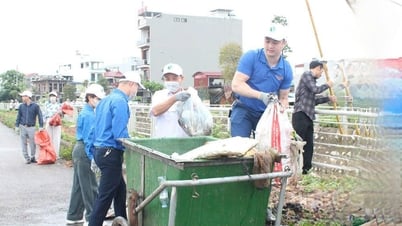
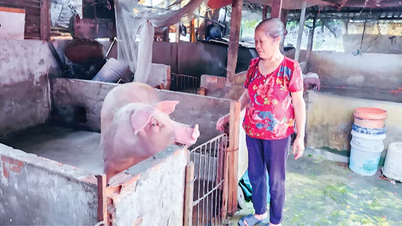

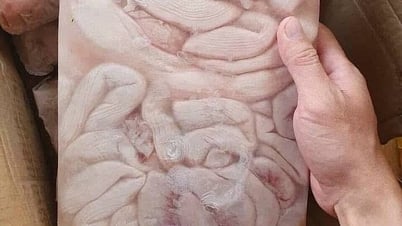






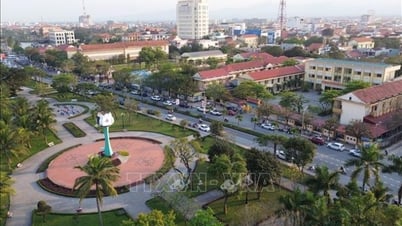

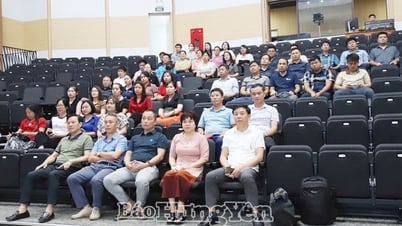

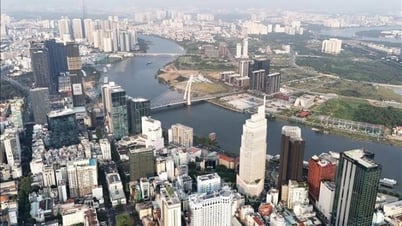
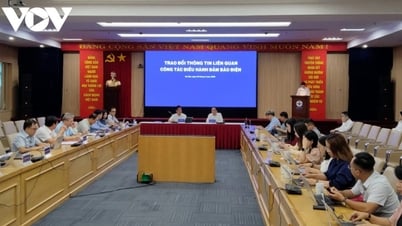



















































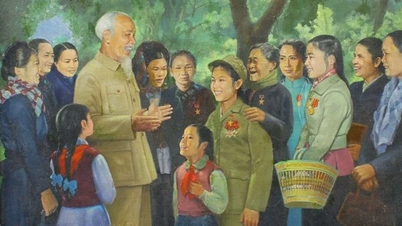











Comment (0)